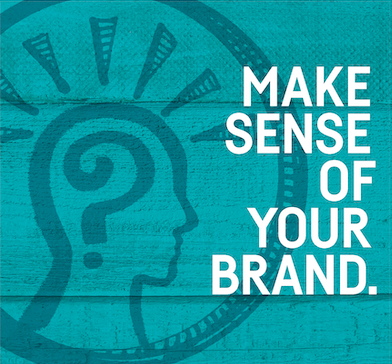Get in touch with your brand’s power.
Of all the senses, marketers most often underestimate the power of touch. But numerous studies show that consumers are far more likely to buy a product after touching it. Part of this is the tactile sense of being able to interact with a product. Part of it is the psychology of ownership: when we touch something, we have already “claimed” it, so we are more likely to buy it.
Now, given these psychological keys, let’s think about how most consumers interact with information online: mobile devices (typically, smart phones). The whole experience of a mobile device is built around the idea of touch. We pinch and zoom with our fingers. We click buttons with our fingers. We open new windows, and fill out forms, and do everything else on a mobile phone…through the power of touch. That psychology transfers to a mobile environment, so the more you can convince people to touch your products and brand (even in an online environment), the more you are able to create affinity.
Make sense of your brand with our BrandSense Toolkit: Sight | Sound | Touch | Taste | Smell | Intuition
Our FULL BRAND AND CREATIVE toolkit OFFERS A VARIETY OF HANDS-ON experiences AND PROCESSES:
WEB USABILITY AND FLOW REPORTS
Through research, we can help analyze website flow and usage patterns, and identify differences between high touch environments (mobile devices) and low touch environments (desktop or connected TV). Certain colors, textures and patterns invite touch; other colors, textures and patterns discourage touch.
TOUCH ANALYSIS OF MARKETING MATERIALS
We analyze physical aspects of your marketing materials, where applicable. This is especially important for annual reports, brochures, sales kits and other printed materials. What is the paper/stock used? Does is have tooth or texture, and what does that represent? What are printing techniques (such as foil, custom cuts and folds, embossing) that create tactile experiences. For other materials, we analyze elements such as 2D vs. 3D imagery, borders, patterns, drop shadows and other elements that suggest and invite touch.


